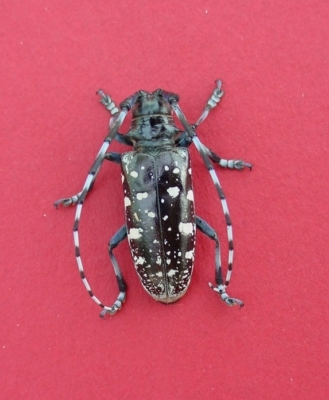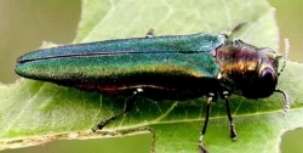Federal Domestic EAB Quarantine Regulations Coming to an End
/Photo credit: Dr. James E. Zablotny, USDA
On December 15, 2020, the U.S. Department of Agriculture’s (USDA) Animal and Plant Health Inspection Service (APHIS) published the final rule that will remove federal domestic emerald ash borer (EAB) quarantine regulations. This rule will take effect next week (January 14, 2021) and will end APHIS’ domestic regulatory activities, including issuing permits, certificates and compliance agreements, making site visits, and conducting investigations of suspected violations. According to APHIS, the domestic quarantine has not proven effective in stopping the spread of EAB and they will now direct available resources toward non-regulatory management and containment options, such as biological control agents. APHIS is also working with the National Plant Board on firewood movement management strategies, which is one of the ways that EAB spreads. To learn more about how the movement of firewood can spread invasive species like EAB, please visit the OISC Don’t Move Firewood webpage.
The information above was gathered from the December 14, 2020 USDA APHIS Stakeholder Announcement.





